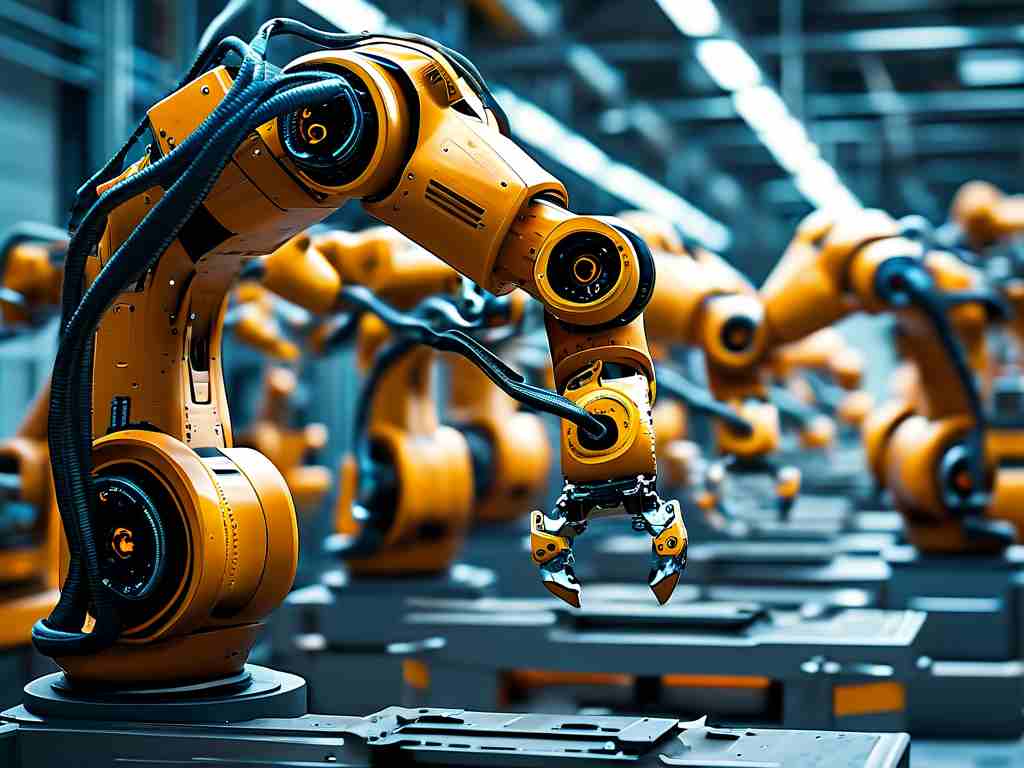The evolution of robotics has reached a pivotal stage where single-agent operations no longer suffice for complex industrial and service-oriented tasks. Collaborative motion technology, which enables multiple robots to synchronize actions in shared environments, is reshaping automation frameworks across industries. This article explores the technical foundations, real-world applications, and emerging challenges of this transformative approach.

Technical Foundations
At the core of multi-robot collaboration lies distributed decision-making architecture. Unlike traditional centralized systems where a single controller manages all units, modern implementations leverage decentralized algorithms. For instance, velocity obstacle models allow robots to predict peer trajectories and adjust paths in real time without relying on a central server. A 2023 case study at the Hamburg Smart Factory demonstrated how this method reduced collision risks by 62% compared to legacy systems.
Communication protocols form another critical layer. The adoption of 5G-powered Time-Sensitive Networking (TSN) enables microsecond-level synchronization – crucial for applications like precision assembly lines. Embedded sensors now incorporate edge computing capabilities, allowing localized data processing that minimizes latency. Engineers at Siemens recently prototyped a swarm of welding robots that share thermal imaging data peer-to-peer, dynamically redistributing workloads to prevent material warping.
Industrial Applications
In automotive manufacturing, collaborative motion systems have enabled unprecedented flexibility. BMW’s Leipzig plant employs heterogeneous robot teams where heavy payload arms handle chassis positioning while agile mobile units deliver components. What sets this apart is the adaptive task allocation: machine learning models analyze production bottlenecks every 15 seconds, reassigning roles across the robotic workforce. Early results show a 38% reduction in idle time during shift changes.
The logistics sector presents unique challenges solved by coordinated motion tech. Amazon’s latest fulfillment centers deploy fleets of autonomous carts that collectively optimize warehouse pathways. Through distributed ledger technology, each cart broadcasts its intended route while negotiating right-of-way through smart contracts. This decentralized approach eliminated 92% of manual traffic interventions during peak seasons, as reported in their Q4 2023 operations brief.
Emerging Challenges
Despite advancements, significant hurdles persist. Energy efficiency remains problematic in continuously adapting systems. Research from MIT’s CSAIL lab reveals that collaborative drones expend 23% more power on consensus algorithms than solo operations. Proposed solutions include hybrid control models that alternate between centralized coordination during critical phases and autonomous operation in stable states.
Security vulnerabilities also escalate with increased inter-robot communication. A white paper by Palo Alto Networks detailed how unencrypted motion vector data could be exploited to manipulate entire robotic teams. The industry is responding with quantum-resistant encryption protocols and blockchain-based authentication frameworks, though implementation costs currently limit widespread adoption.
Future Directions
The next frontier involves human-robot co-motion systems. Boston Dynamics’ latest patent filings describe exoskeletons that mirror wearers’ movements while coordinating with external robotic assistants. Early trials in construction sites show potential for reducing musculoskeletal injuries by 55% through load-sharing algorithms.
Another promising area is self-organizing robotic collectives. Inspired by biological swarms, projects like ETH Zurich’s RoboSwarm demonstrate how thousands of micro-robots can assemble complex structures through local interaction rules. This paradigm eliminates traditional programming entirely, relying instead on evolutionary algorithms to develop coordination strategies.
As these technologies mature, ethical and regulatory considerations grow urgent. The European Commission’s upcoming Robotics Act proposes mandatory “collaboration impact assessments” for systems operating in public spaces. Technical standards for fail-safe disengagement protocols are being drafted by ISO/TC 299, aiming to establish global benchmarks by 2025.
From smart factories to disaster response teams, collaborative motion technology is proving to be more than an incremental improvement – it represents a fundamental shift in how machines interact with physical spaces. As developers balance technical ambitions with practical constraints, the coming decade will likely witness robotic systems that don’t just work alongside humans, but truly understand and adapt to dynamic environments.

